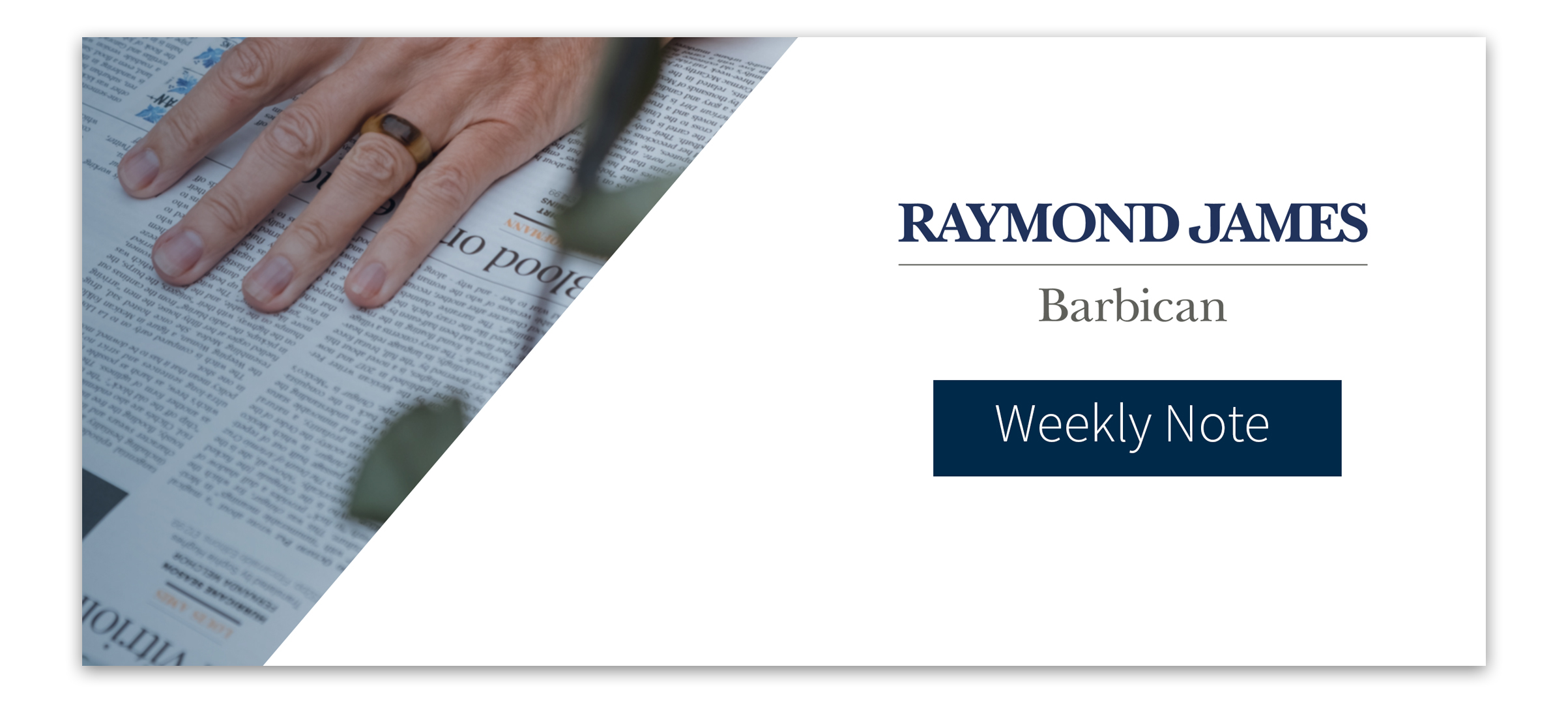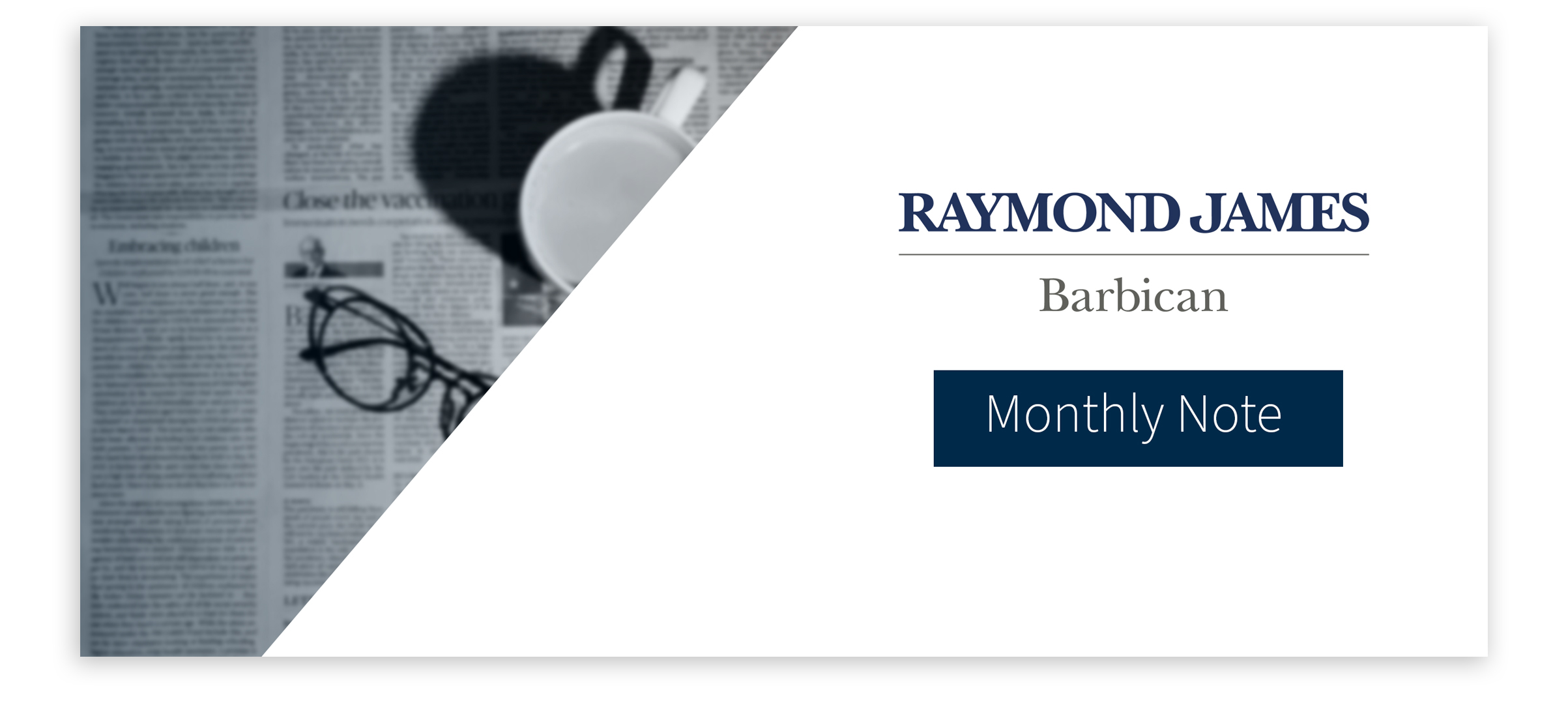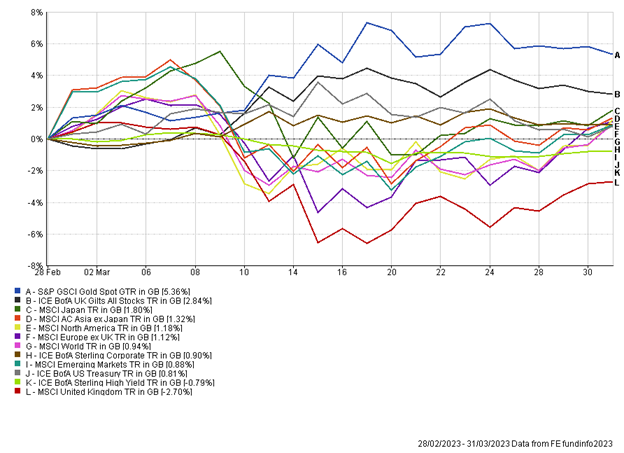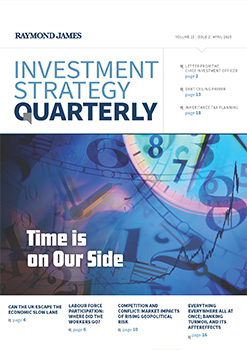Last week we saw the successful launch of a satellite to Jupiter. On Thursday, Space X – run by Elon Musk, attempted to launch their Starship but to less triumph. Only four minutes into the launch, the rocket exploded. Despite the setback, Mr Musk was very positive about the event, stating “success comes from what we learn”. This is certainly a powerful quote to keep in mind.
On Thursday we received UK inflation data. Headline inflation for March was 10.1% (year-on-year), higher than the forecasted 9.8%. Core inflation (which excludes food and energy prices) came in at 6.2%, similar to the previous month of February and 20bps greater than forecast. The UK is now the only western European nation with inflation remaining in the double digits in March. The market is now pricing in higher terminal interest rates for the UK and has not ruled out the Bank of England (BoE) having to increase rates by 0.5% at the next meeting. High inflation is not only an issue for the BoE but the government also, as earlier this year Prime Minister Rishi Sunak promised to halve inflation, which would require it to fall to approximately 5% by December.
The UK unemployment rate for February was released this Tuesday, coming in at 3.8%, this is 0.1% higher than the forecasted figure and previous month. The number of job vacancies also fell for the ninth consecutive month, although it remains high at 1.1 million as companies struggle to hire staff. Firms are being encouraged to find new ways to develop talent and boost productivity, with emphasis on increased worker training, more flexible working and the expanded use of apprenticeships. The average wage growth (excluding bonuses) was 6.6% despite the rise in unemployment and decline in vacancies, however this is still being eaten into by elevated prices.
Earnings season this week in the US has got off to a strong start with 90% of companies beating expectations. The general consensus in markets is that although 90% of companies are beating expectations, the bar set to beat is low, given the uncertain outlook and recent earnings revisions. Netflix beat their earnings expectations, reporting $2.88 earnings per share over the first quarter. The company delayed plans to crack down on password sharing to Q2 and have plans to adopt a new ad-supported service in order to accelerate growth in revenue and profit. Netflix are less reliant on subscriber growth as they shift to a more advertising focused business model, but they did add 1.75m new subscribers from January to March.
China GDP for Q1 was released earlier this week at 4.5%, beating expectations of 4%. Retail sales largely drove this rise in GDP as they jumped 10.6% in March (year-on-year) as consumers are on a spending spree after three years of the zero-Covid policy was lifted. With the increase in consumer confidence and pent-up demand, there still seems to be room to run. Last year China GDP was 3%, missing the official growth target of 5.5%, however the International Monetary Fund believe this year China can get closer to the target and grow 5.2%. The resurgence of China not only benefits the domestic economy but has helped other regions and companies. China’s demand for luxury goods has benefited European listed LVMH, which has seen its share price rise around 40% since China re-opened.
As an investment team we are continually engaging with industry professionals, aiming to gain insight and challenge our own views and thoughts. During one such meeting this week we were reminded of a quote from Thomas Rowe Price Jr – “Change is the investor’s only certainty”. For us, this means being willing to accept the world can look very different in the future and ensure that portfolios are well diversified and not concentrated around one single narrow viewpoint.
Nathan Amaning, Investment Analyst
Risk warning: With investing, your capital is at risk. The value of investments and the income from them can go down as well as up and you may not recover the amount of your initial investment. Certain investments carry a higher degree of risk than others and are, therefore, unsuitable for some investors.






